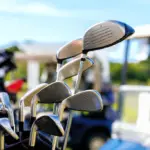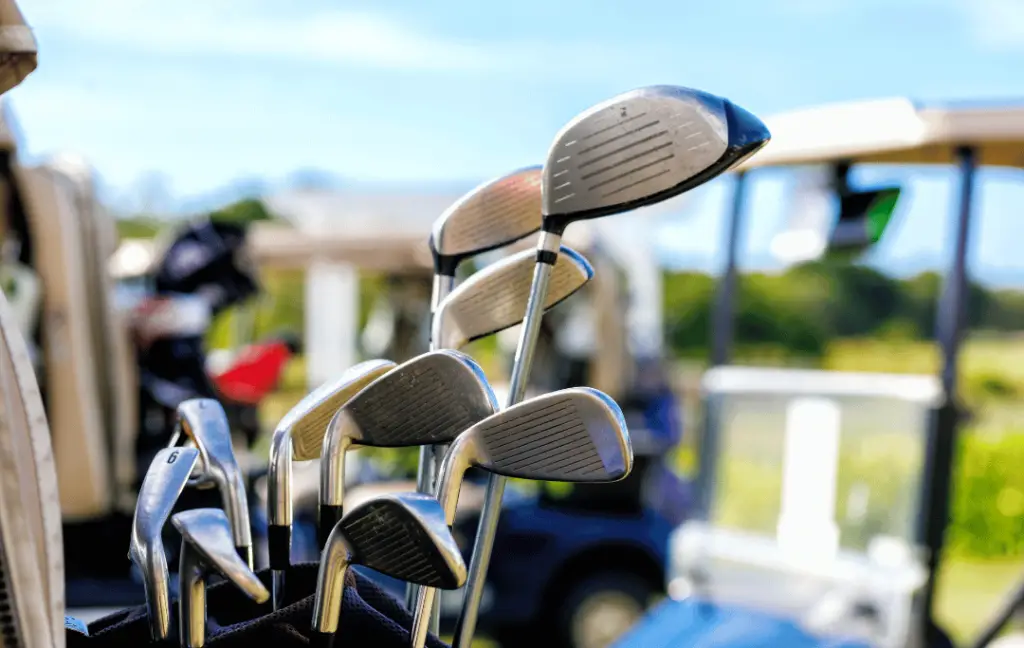
When is the best time to buy golf clubs, When it comes to buying golf clubs, timing is crucial. However, before diving into the best time to purchase your golf equipment, it’s essential to understand your golfing needs. Golf clubs are not one-size-fits-all; they vary in design, material, and suitability for different skill levels and playing styles. Before hitting the stores or browsing online, take some time to assess your game, goals, and preferences.
Assessing Your Skill Level and Goals
The first step in determining the best time to buy golf clubs is to assess your skill level and goals as a golfer. Are you a beginner looking to invest in your first set of clubs? Or are you an experienced player seeking to upgrade or customize your equipment? Understanding your skill level and goals will help you narrow down your options and make informed purchasing decisions. For beginners, it’s advisable to start with a basic set of clubs that includes a driver, irons, a putter, and perhaps a hybrid or fairway wood. These sets are typically designed for ease of use and forgiveness, making them ideal for those who are new to the game and still developing their swing. On the other hand, experienced golfers may have specific preferences and requirements based on their playing style, swing mechanics, and performance goals. Custom fitting and personalized club options become more relevant at this level, allowing players to fine-tune their equipment for optimal performance on the course.
Identifying Your Playing Style and Needs
Another crucial factor to consider is your playing style and needs on the course. Are you a distance-focused player who prioritizes power off the tee? Or do you rely more on accuracy and precision with your irons and short game? Understanding your playing style will guide you in choosing the right types of clubs and configurations that complement your strengths and address areas for improvement. For example, if you struggle with long-distance shots, investing in a driver with adjustable loft and weight settings can help optimize launch conditions and maximize distance off the tee. Conversely, if you prioritize control and accuracy, focusing on irons with forgiveness and consistent ball flight characteristics may be more beneficial.
Setting a Budget and Researching Options
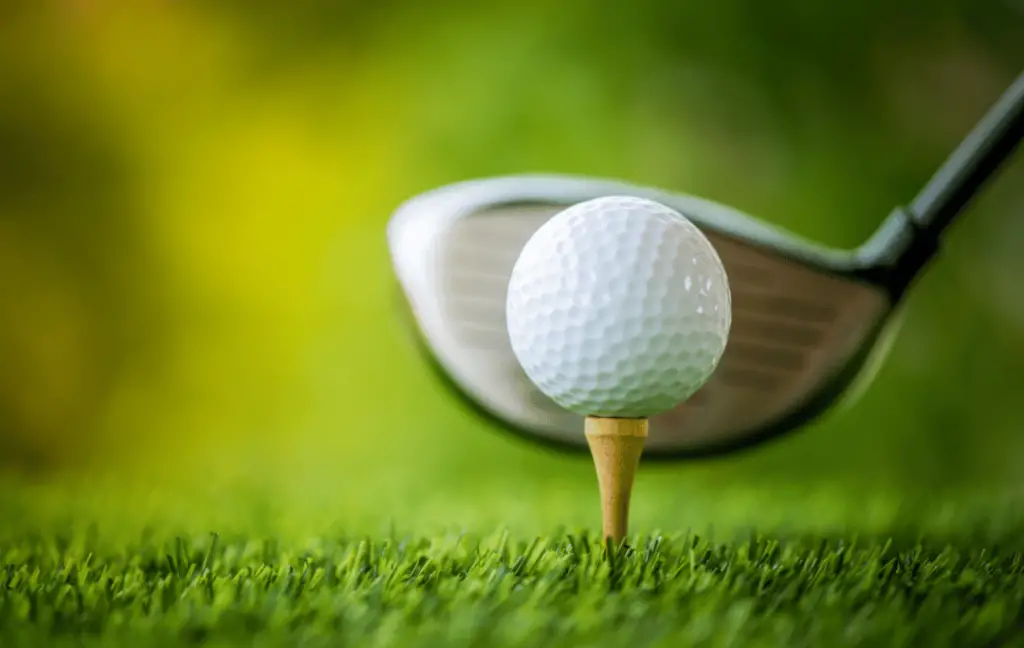
Once you have a clear understanding of your golfing needs, it’s time to set a budget and start researching your options. Golf clubs come in a wide range of price points, from budget-friendly entry-level sets to high-end custom-built options. Determine how much you’re willing to invest in your equipment based on your commitment to the sport, frequency of play, and long-term goals. Researching different brands, models, and specifications is essential to make informed comparisons and narrow down your choices. Online reviews, professional recommendations, and demo days at local golf shops can provide valuable insights into the performance, durability, and value of various golf club options.
Considering Timing and Seasonal Factors
Now that you’ve assessed your golfing needs, identified your playing style, and set a budget, let’s delve into the best time to buy golf clubs. Timing can significantly impact your purchasing experience, as certain periods offer discounts, promotions, and new product releases that can influence your decision-making process.
Seasonal Considerations: Off-Season vs. Peak Season
One of the key factors to consider is the seasonal variation in golf club sales. The golfing industry experiences fluctuations in demand throughout the year, with distinct patterns during the off-season and peak season.
Off-Season Deals:
During the off-season, typically in the winter months, golf retailers and manufacturers often offer discounts, clearance sales, and promotions to attract customers and clear out old inventory. This can be an excellent opportunity to score deals on last season’s models or discontinued lines at reduced prices.
Peak Season Releases:
On the other hand, the peak golf season, which coincides with spring and summer, sees the launch of new product lines, updated technologies, and innovative designs from major golf club manufacturers. While prices may not be discounted during this time, you’ll have access to the latest advancements and offerings in golf equipment.
Holiday Sales and Promotions
Holiday seasons and special events also play a role in timing your golf club purchase. Major holidays like Black Friday, Cyber Monday, Christmas, and Memorial Day often feature sales, discounts, and bundle deals on golf clubs and related accessories. Keeping an eye on holiday promotions can result in significant savings and added value to your purchase.
End-of-Season Clearance
Another opportune time to buy golf clubs is during end-of-season clearance events. As the golf season winds down, retailers may offer steep discounts on remaining inventory to make room for new arrivals. This can be particularly advantageous for budget-conscious golfers looking to upgrade or expand their club collection.
Considering Personal Factors
While seasonal and holiday promotions can be enticing, it’s essential to consider your personal circumstances and readiness to invest in new golf clubs. Factors such as financial stability, availability of storage space for additional equipment, and immediate playing needs should also influence your decision-making process. In short, determining the best time to buy golf clubs involves a comprehensive assessment of your golfing needs, skill level, playing style, budget, and seasonal factors. By understanding your requirements and considering timing-related opportunities such as off-season deals, holiday sales, and end-of-season clearance events, you can make informed decisions and maximize value in your golf club purchase.
Timing Strategies for Buying Golf Clubs
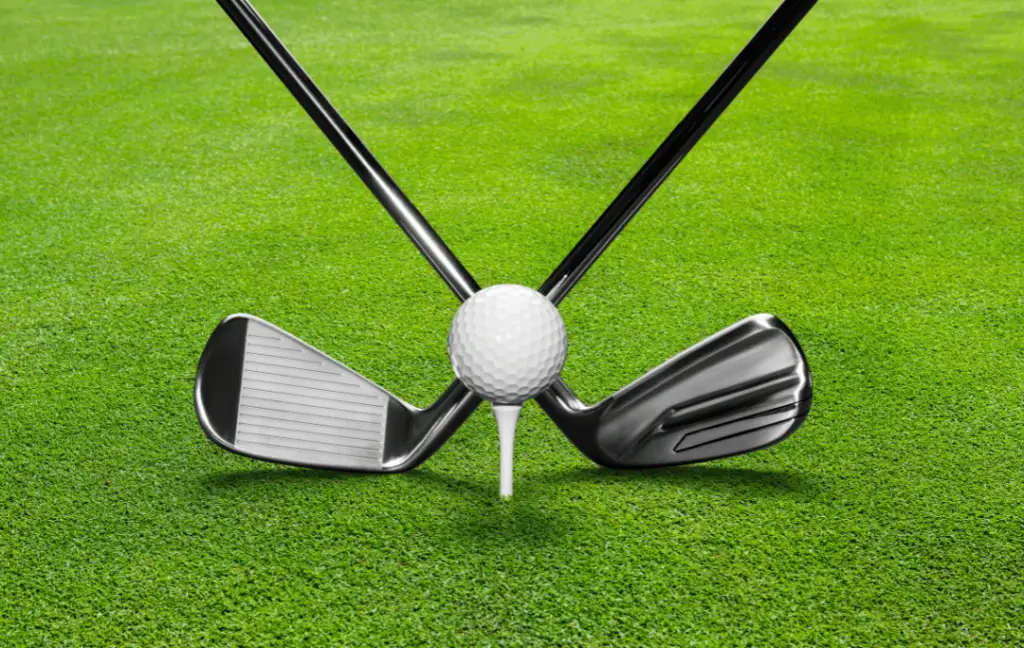
We explored the importance of understanding your golfing needs and considering seasonal factors when buying golf clubs. Now, let’s delve deeper into specific timing strategies and tips to optimize your golf club purchasing experience.
Off-Season Bargains
One of the most effective timing strategies for buying golf clubs is to take advantage of off-season bargains. The winter months, typically considered the off-season for golf in many regions, can be an excellent time to find discounted prices on golf clubs. Retailers and manufacturers often offer clearance sales, promotions, and bundle deals to attract customers during this period.
End-of-Season Clearance Events
End-of-season clearance events are another opportune time to score deals on golf clubs. As the golf season comes to a close, retailers may offer significant discounts on remaining inventory to make room for new products. Keep an eye out for clearance sales at local golf shops and online retailers, where you can find discounted prices on last season’s models or closeout deals on discontinued lines.
Holiday Sales and Promotions
Major holidays and shopping events like Black Friday, Cyber Monday, Christmas, and Memorial Day often feature sales, promotions, and bundle deals on golf clubs and accessories. Planning your golf club purchase around these holiday sales can result in substantial savings and added value. Be sure to research and compare prices across different retailers to find the best deals.
New Product Releases
While discounts and promotions are enticing, it’s also worth considering the timing of new product releases in the golf industry. Major golf club manufacturers typically unveil their latest models and innovations during the peak golf season, which coincides with spring and summer. While prices may not be discounted during this time, you’ll have access to the newest technologies and advancements in golf equipment.
Demo Days and Fitting Sessions
Attending demo days and fitting sessions hosted by golf clubs and manufacturers can provide valuable hands-on experience and insights into the latest club offerings. These events allow you to test different club models, shafts, and configurations to find the best fit for your game. Additionally, many demo days offer special discounts or incentives for purchasing clubs on-site.
Online Shopping Considerations
When shopping for golf clubs online, timing can also play a role in securing the best deals. Keep an eye out for flash sales, limited-time promotions, and exclusive discounts offered by online retailers. Sign up for newsletters and follow social media channels of golf equipment brands and retailers to stay informed about upcoming sales and special offers.
Custom Fitting and Personalization
For golfers seeking a personalized club fitting experience, timing your fitting session strategically can enhance your overall club buying experience. Schedule your fitting session during periods when golf shops are less busy, allowing for more personalized attention from club fitters and ample time to try different club options and configurations.
Considering Pre-Owned Options
Another strategy to explore is considering pre-owned or certified pre-owned (CPO) golf clubs. Many reputable retailers and online platforms offer pre-owned clubs that have been inspected, refurbished, and certified for quality and performance. Buying pre-owned clubs can provide significant cost savings without compromising on quality. In short, timing plays a crucial role in optimizing your golf club buying experience. By leveraging off-season bargains, end-of-season clearance events, holiday sales, new product releases, demo days, online shopping opportunities, custom fitting sessions, and pre-owned options, you can find the right golf clubs at the right price.
Factors to Consider When Buying Golf Clubs
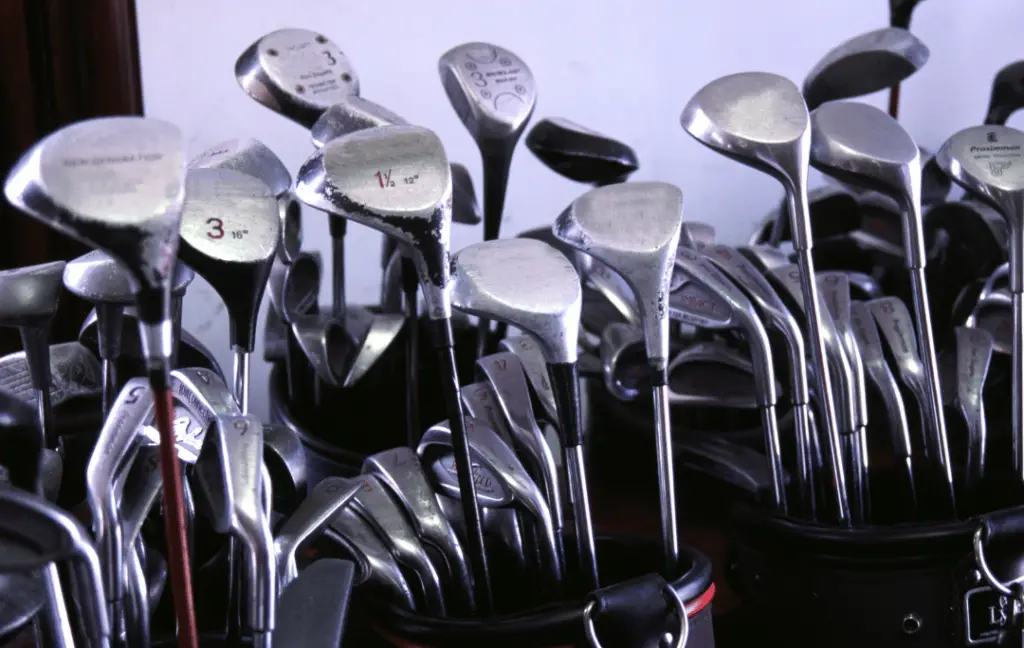
We discussed timing strategies for buying golf clubs. Now, let’s delve into additional factors that are crucial to consider when purchasing golf clubs. From club specifications and customization options to brand choices and budget considerations, these factors play a significant role in finding the perfect clubs for your game.
Club Specifications
Understanding club specifications is essential when buying golf clubs. Key specifications to consider include:
- Club Type: Determine which types of clubs you need in your set, such as drivers, irons, wedges, hybrids, and putters.
- Club Length: Ensure that the club length is suitable for your height and posture to optimize swing mechanics and consistency.
- Club Loft: The loft angle of clubs, particularly drivers and irons, affects launch angle and trajectory, impacting distance and accuracy.
- Club Shaft: Consider the material (steel or graphite), flex (stiff, regular, or senior), and weight of the shaft for optimal feel and performance.
- Club Grip: Choose a grip size, texture, and material that feel comfortable and provide sufficient traction for your hands.
Customization Options
Many golfers benefit from custom fitting and club customization to tailor their equipment to their specific needs and preferences. Customization options to explore include:
- Custom Club Fitting: Work with a professional club fitter to assess your swing characteristics, ball flight tendencies, and performance metrics to determine the ideal club specifications for your game.
- Shaft Customization: Customize shaft options based on flex, weight, kick point, and length to optimize ball flight and feel.
- Grip Customization: Select grips that match your hand size, grip style, and feel preferences, with options for texture, thickness, and material.
- Clubhead Customization: Explore adjustable clubhead features for drivers and fairway woods to fine-tune loft, lie angle, and center of gravity settings.
Brand Choices
The golf industry features a wide range of reputable brands and manufacturers, each offering distinct club designs, technologies, and performance characteristics. Consider factors such as:
- Brand Reputation: Research brand reputation, customer reviews, and professional endorsements to gauge the quality and reliability of different golf club brands.
- Product Lines: Explore the product lines and offerings of various brands to find clubs that align with your playing style, preferences, and budget.
- Innovation and Technology: Stay informed about the latest innovations and technologies introduced by different brands, such as adjustable hosels, face technologies, and material advancements.
- Value Proposition: Assess the overall value proposition of each brand, considering factors like performance, durability, warranty coverage, and customer support.
Budget Considerations
Establishing a realistic budget is crucial when buying golf clubs. Consider the following budget considerations:
- Total Investment: Determine the total amount you’re willing to invest in your golf club purchase, including clubs, accessories, and fitting/customization costs.
- Value vs. Cost: Evaluate the value proposition of clubs in relation to their cost, weighing factors like performance, durability, brand reputation, and resale value.
- Affordable Alternatives: Explore budget-friendly options, such as pre-owned clubs, previous generation models, or entry-level sets, without compromising on quality or performance.
Trial and Testing
Before making a final purchase decision, it’s essential to trial and test different clubs to assess their performance and suitability for your game. Consider the following testing methods:
- Demo Days: Attend demo days hosted by golf clubs, manufacturers, or retailers to try out a variety of clubs on the driving range or course.
- Fitting Sessions: Schedule a custom fitting session with a professional club fitter to test clubs with optimized specifications based on your swing characteristics and performance metrics.
- On-Course Testing: Take clubs for an on-course test round to evaluate their performance in real-game scenarios, including distance, accuracy, feel, and consistency.
Several factors must be considered when buying golf clubs, including club specifications, customization options, brand choices, and budget considerations. By understanding your golfing needs, exploring customization options, researching reputable brands, assessing value vs. cost, and testing clubs thoroughly, you can make informed decisions and find the right clubs to enhance your game.
Finalizing Your Golf Club Purchase
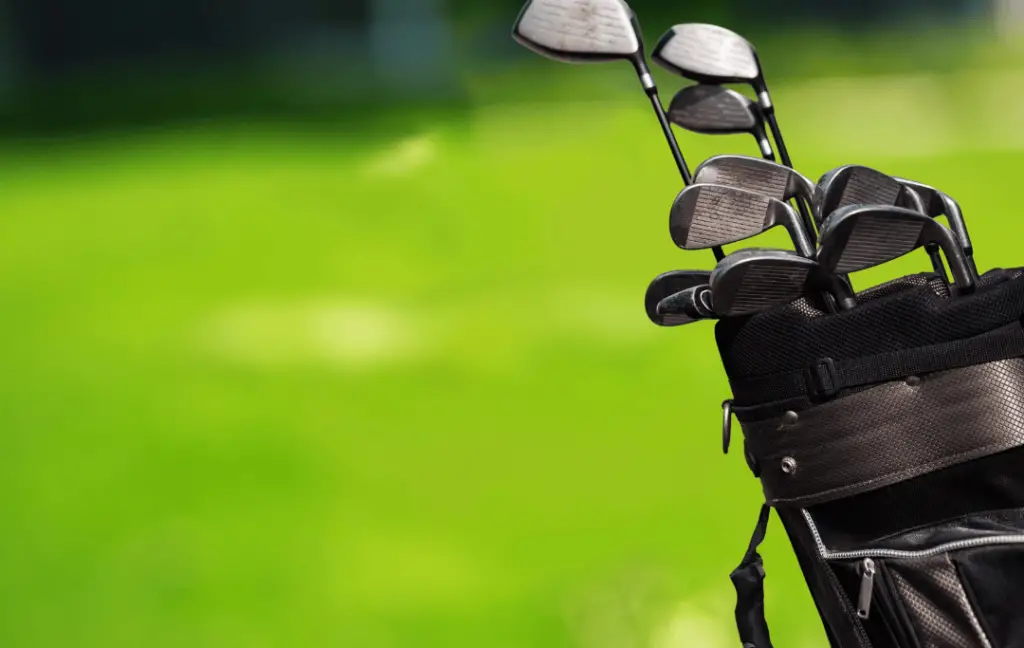
We explored crucial factors to consider when buying golf clubs, including club specifications, customization options, brand choices, and budget considerations. Now, let’s focus on finalizing your golf club purchase with expert tips on maintenance, storage, and ongoing equipment considerations.
Maintenance and Care
Once you’ve acquired your new golf clubs, proper maintenance and care are essential to ensure their longevity and performance. Follow these tips for maintaining your clubs:
- Cleaning: Regularly clean your clubs after each round using a soft cloth, warm water, and mild soap. Remove dirt, grass, and debris from clubheads, grips, and shafts to prevent buildup and maintain optimal performance.
- Drying: Thoroughly dry your clubs after cleaning to prevent rust and corrosion, especially for steel shafts and clubheads. Use a towel to dry clubfaces, grooves, and grips before storing.
- Storage: Store your clubs in a dry, climate-controlled environment to prevent damage from moisture, humidity, and extreme temperatures. Consider using a golf bag with individual club dividers to protect shafts and prevent clubheads from banging against each other.
- Shaft Protection: Use headcovers or protective sleeves for woods and hybrids to prevent scratches, dings, and wear on clubheads and shafts during transport and storage.
- Inspecting Grips: Regularly inspect grips for signs of wear, tear, or loss of tackiness. Replace grips as needed to maintain a secure and comfortable grip during swings.
Equipment Upgrades and Replacements
As you continue to play and improve your game, consider the following equipment upgrades and replacements over time:
- Club Fitting Updates: Periodically revisit custom fitting sessions to assess changes in your swing, ball flight, and performance metrics. Update club specifications as needed to ensure optimal fit and performance.
- Technology Advancements: Stay informed about advancements in golf club technologies and innovations. Consider upgrading clubs with new features and improvements that align with your playing style and goals.
- Replacement Cycles: Monitor the condition and performance of your clubs over time. Replace worn-out or outdated clubs, grips, and shafts to maintain consistency and maximize performance on the course.
- Seasonal Adjustments: Make seasonal adjustments to your club setup, such as switching to lower-lofted drivers in windy conditions or adding more wedges for precise short game shots during tournament play.
Continued Learning and Improvement
Lastly, continue to invest in your golfing journey through ongoing learning, practice, and improvement:
- Skill Development: Work on refining your swing mechanics, course management strategies, and mental approach to the game through regular practice sessions and lessons with a golf instructor.
- Fitness and Conditioning: Maintain physical fitness and flexibility through strength training, stretching routines, and cardiovascular exercises to enhance endurance, power, and stability during golf swings.
- Course Management: Develop strategic course management skills, including club selection, shot placement, risk assessment, and green reading, to optimize scoring opportunities and minimize errors.
- Equipment Awareness: Stay attuned to changes in golf equipment trends, rules, and regulations. Keep abreast of equipment reviews, industry updates, and rule changes that may impact your club selection and playing experience.
Conclusion
In conclusion, finalizing your golf club purchase involves diligent maintenance, ongoing equipment considerations, and continuous learning and improvement as a golfer. By following proper maintenance practices, upgrading equipment strategically, and focusing on skill development and course management, you can maximize the performance and longevity of your golf clubs while enhancing your overall golfing experience. Remember to prioritize comfort, fit, and performance when making equipment decisions, and enjoy the journey of mastering this timeless sport. Cheers to many memorable rounds on the course with your new golf clubs!



